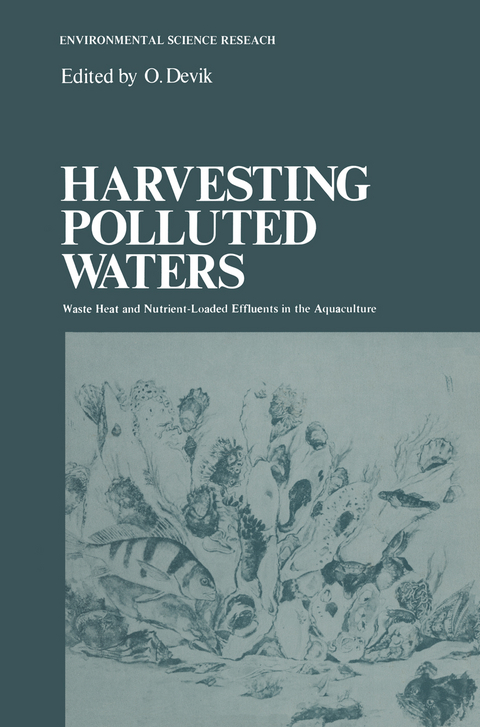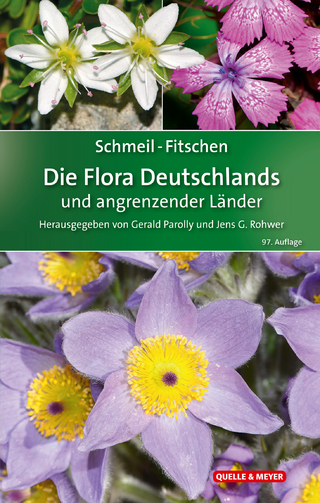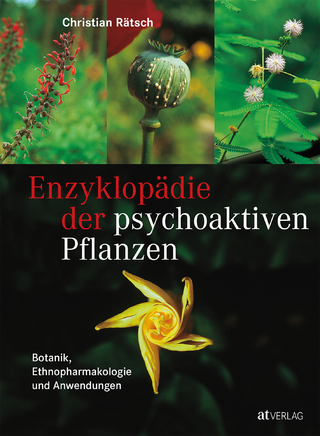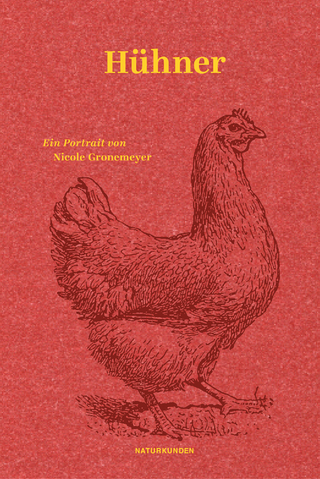
Harvesting Polluted Waters
Springer-Verlag New York Inc.
978-1-4613-4330-1 (ISBN)
Waste Heat and Nutrient-Loaded Effluents in the Aquaculture: The Setting of the Problem.- Controlled Primary Production in Marine Systems: Potentialities of Select Species/Control of Unwanted Grazers.- The Technical Production of Microalgae and Its Prospects in Marine Aquaculture.- Nitrogen and Phosphorus as Algal Growth-Limiting Nutrients in Waste-Receiving Waters.- Effects of Cooling Water Discharge on Primary Production and Composition of Bottom Fauna in a Fjord.- A One-Dimensional Model for Prediction of Excess Temperatures in a Fjord.- The Role of Filter Feeders in Stabilizing Phytoplankton Communities with Some Considerations for Aquaculture.- Large-Scale Culturing Systems.- Salient Features of Coastal Waters for Aquaculture.- Marine Greenhouse Systems: The Entrainment of Large Water Masses.- Dialysis Cultures in Integrated Aquaculture.- Food Chains and Their Use: Mussels, Mollusks, and Bivalves.- Integrated Systems of Mollusk Culture.- Factors Affecting the Relation between Feeding and Growth in Bivalves.- The Introduction of New Species in Habitats of Heated Effluents.- Safeguards in the Exploitation of Domestic Effluents for Aquaculture.- Food Chains and Their Use: Fish and Fish Fry.- Heated Effluent for the Rearing of Fry—For Farming and for Release.- The Ecology of a Texas Bay.- Higher Plants as the Basis for Alternate Food Chains: Their Potentialities in Relation to Mass Culture of Microalgae.- Discussion and Index.- Concluding Discussion.
| Reihe/Serie | Environmental Science Research ; 8 |
|---|---|
| Zusatzinfo | XII, 324 p. |
| Verlagsort | New York, NY |
| Sprache | englisch |
| Maße | 155 x 235 mm |
| Themenwelt | Sachbuch/Ratgeber ► Natur / Technik ► Naturführer |
| Naturwissenschaften ► Biologie ► Limnologie / Meeresbiologie | |
| Naturwissenschaften ► Biologie ► Ökologie / Naturschutz | |
| Weitere Fachgebiete ► Land- / Forstwirtschaft / Fischerei | |
| ISBN-10 | 1-4613-4330-5 / 1461343305 |
| ISBN-13 | 978-1-4613-4330-1 / 9781461343301 |
| Zustand | Neuware |
| Haben Sie eine Frage zum Produkt? |
aus dem Bereich


